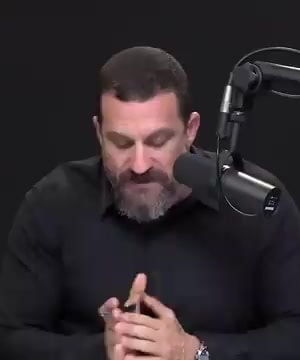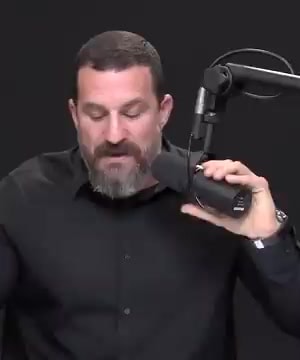How does fertilization occur?
Sources:
Fertilization occurs through a complex series of events involving the sperm and the egg. Here's a summary based on the explanation by :
-
Sperm Anatomy: The sperm cell has 23 single-strand chromosomes (haploid), including the sex chromosomes X or Y. The head of the sperm contains enzymes and proteins crucial for fusing with the egg. Behind the head, the mid region, rich in mitochondria, supports cell motility and is essential for the sperm's journey to the egg 1.
-
Journey of the Sperm: Sperm must travel a significant distance, likened to the journey from Los Angeles to San Francisco if scaled, to reach the egg. This involves swimming up from the cervix through the uterus to where the egg is located during ovulation 1.
-
Egg Preparation: The menstrual cycle prepares the egg for potential fertilization, involving hormonal and cellular processes that ensure the egg is ready to be fertilized when it encounters a sperm.
-
Fertilization Mechanics: Fertilization involves the sperm penetrating the egg and merging its haploid set of chromosomes with those of the egg. The egg initially contains 23 pairs of chromosomes but disposes of half to make room for the sperm's genetic material. When the sperm and egg chromosomes combine, they form a zygote with chromosomes from both parents 2.
-
Significance of Timed Intercourse: Timing intercourse around ovulation is crucial for maximizing the chances of fertilization. Factors such as the frequency of ejaculation can impact sperm concentration and subsequently fertilization efficiency 1.
This complex biological interplay underscores the intricate processes leading to the creation of new life.
RELATED QUESTIONS-

